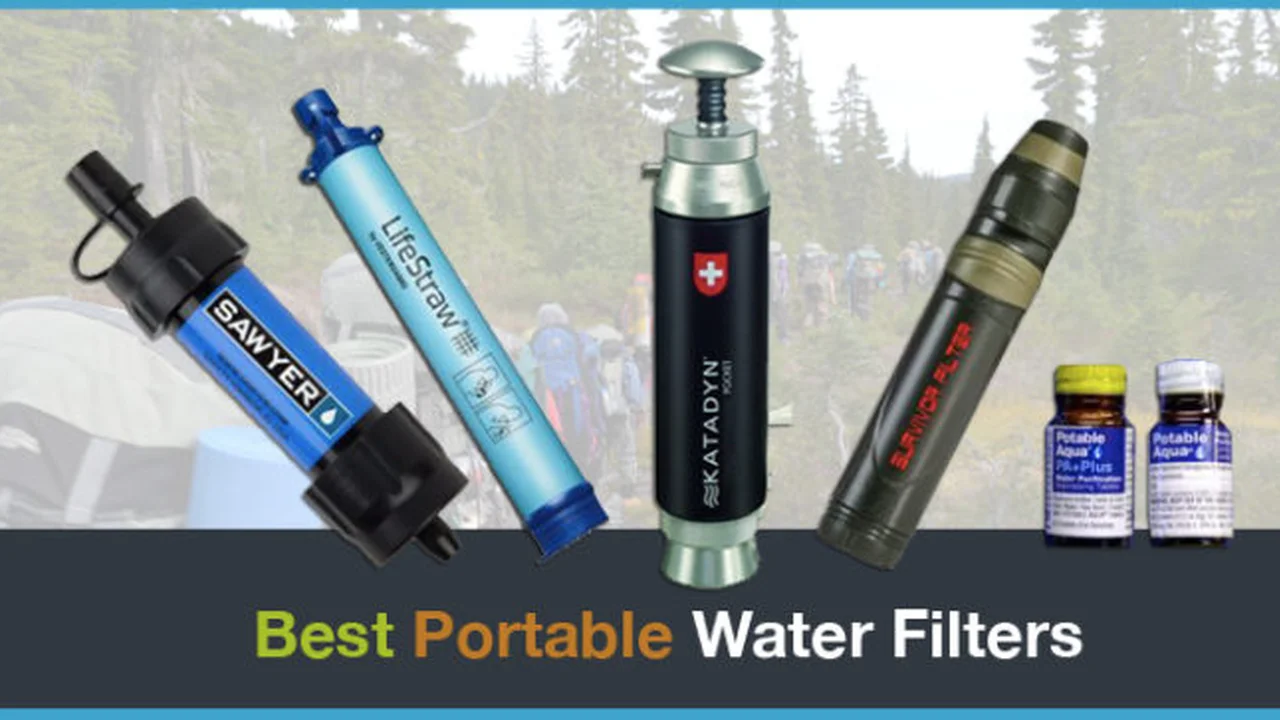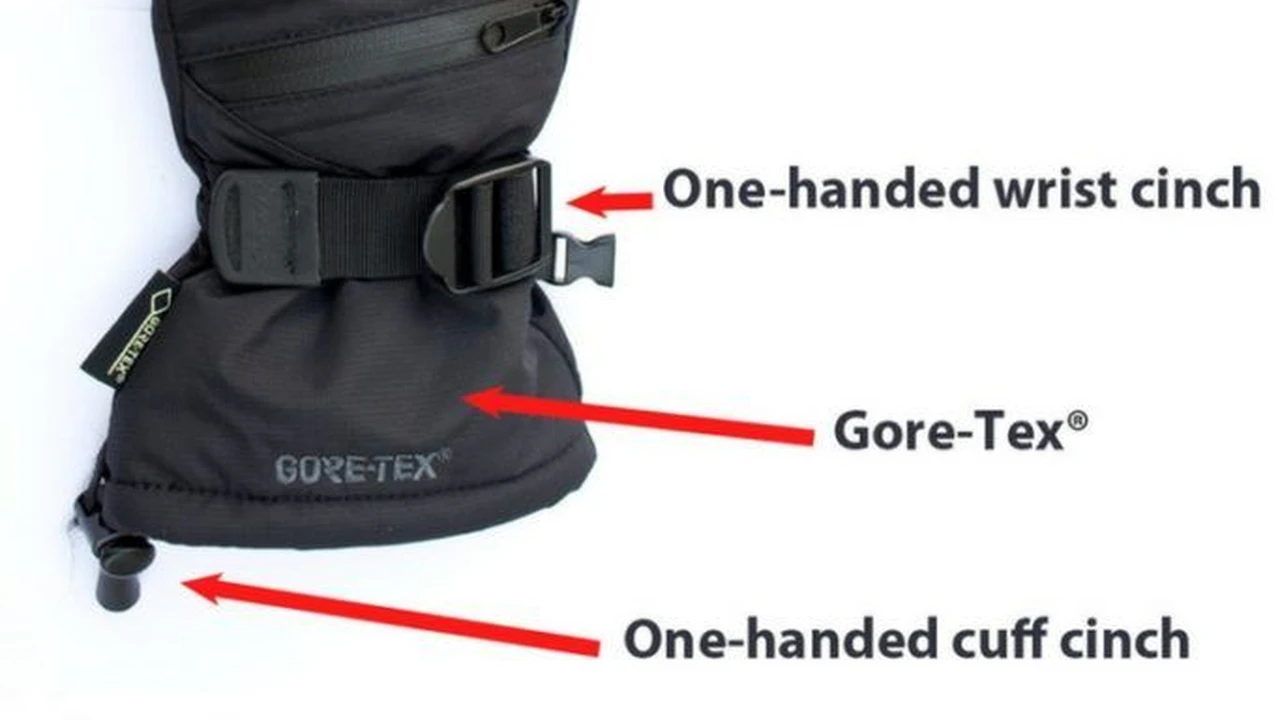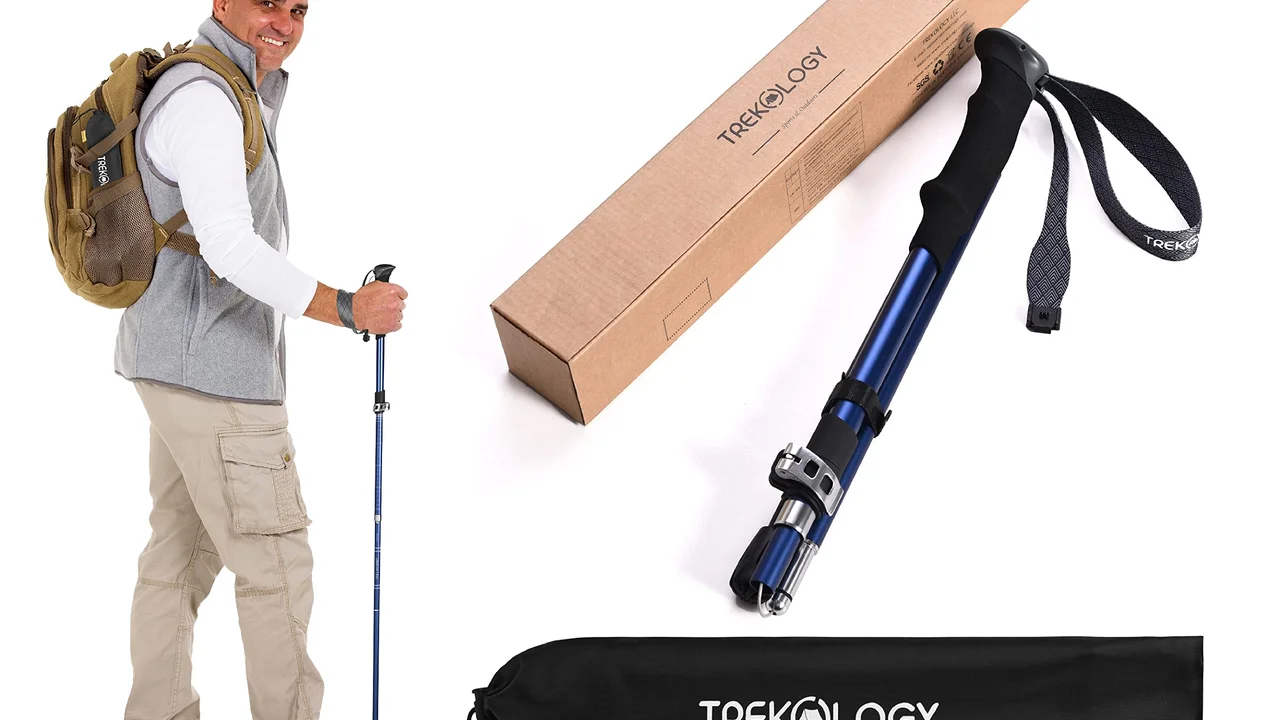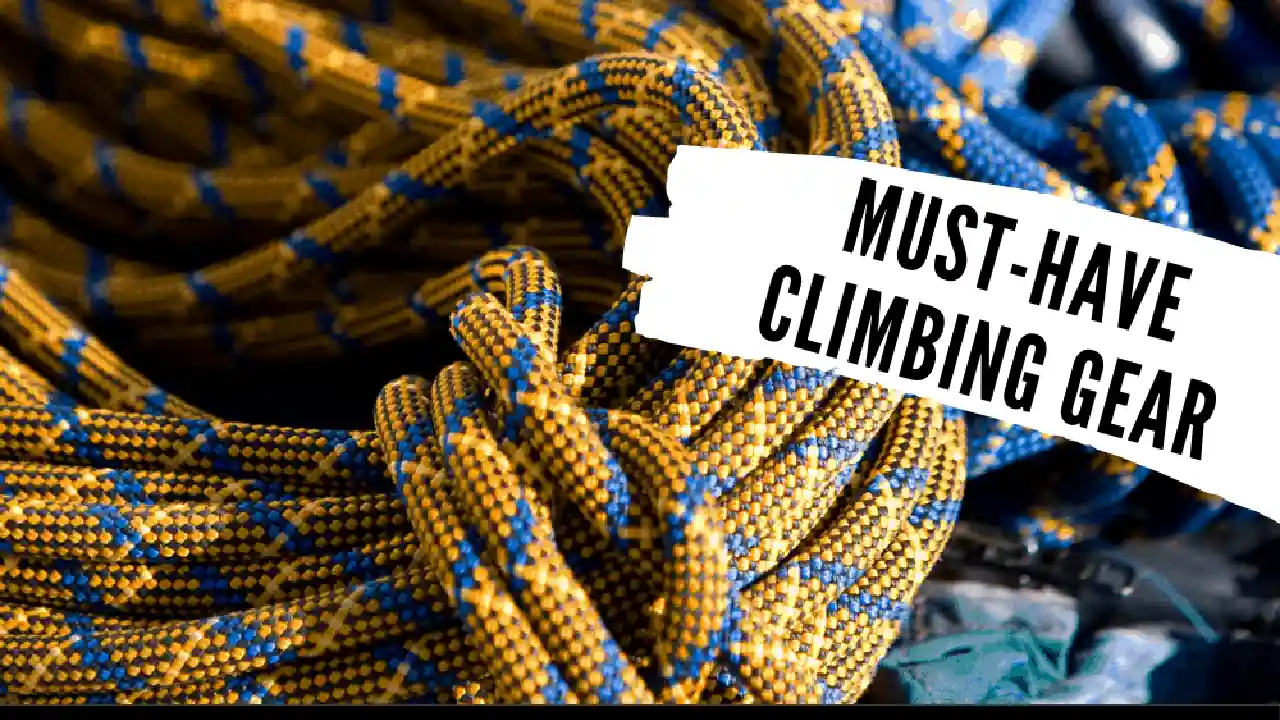3 Must-Have Sleeping Bags for Cold Weather Camping
Find the top 3 sleeping bags designed for extreme cold. Learn about insulation types, temperature ratings, and comfort features for winter camping.
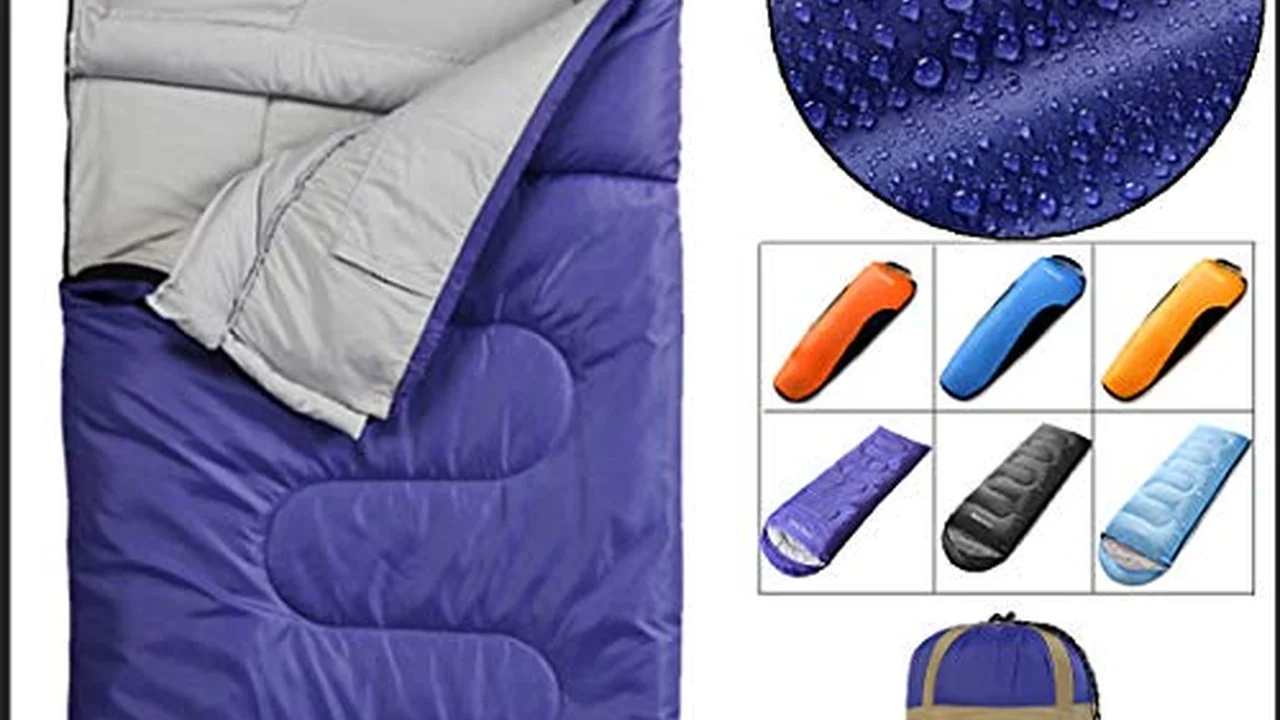
3 Must Have Sleeping Bags for Cold Weather Camping
When the temperatures drop and the snow starts to fall, there's nothing quite like the magic of winter camping. But to truly enjoy it, you need the right gear, and at the top of that list is a reliable, warm sleeping bag. A good sleeping bag isn't just about comfort; it's about safety. Hypothermia is a real threat in cold environments, and your sleeping bag is your primary defense against it. So, let's dive deep into what makes a sleeping bag suitable for extreme cold and explore some of the best options out there.
Understanding Temperature Ratings and Insulation Types for Winter Sleeping Bags
Before we talk about specific bags, it's crucial to understand how sleeping bags are rated and what types of insulation are available. This knowledge will empower you to make an informed decision based on your specific needs and the conditions you expect to encounter.
Decoding Sleeping Bag Temperature Ratings
Sleeping bag temperature ratings can be a bit confusing, but they're essential. Most reputable brands use the EN (European Norm) or ISO (International Organization for Standardization) rating system. This system provides three key temperatures:
- Comfort Limit: This is the lowest temperature at which a 'standard' woman can expect to sleep comfortably in a relaxed position.
- Lower Limit: This is the lowest temperature at which a 'standard' man can expect to sleep for eight hours in a curled position without waking up cold.
- Extreme Limit: This is a survival rating, indicating the minimum temperature at which a 'standard' woman can remain for six hours without risk of death from hypothermia (though frostbite is still possible). You definitely don't want to rely on this for comfortable sleep!
For cold weather camping, especially in sub-zero conditions, you'll want to look at bags with a Comfort Limit well below freezing, ideally in the 0°F to -20°F (-18°C to -29°C) range, or even lower for extreme expeditions. Remember, these ratings are guidelines. Your personal metabolism, what you wear to bed, your sleeping pad, and even your hydration levels can affect how warm you feel.
Down vs Synthetic Insulation: Which is Best for Cold Weather?
The two main types of insulation you'll find in sleeping bags are down and synthetic. Both have their pros and cons, especially when it comes to cold and wet environments.
Down Insulation: Lightweight Warmth
Down, typically from geese or ducks, is renowned for its incredible warmth-to-weight ratio and compressibility. This means a down bag will be lighter and pack smaller than a synthetic bag of comparable warmth. Down's 'fill power' indicates its quality – higher fill power (e.g., 800-fill) means more loft and warmth per ounce. However, down's major weakness is moisture. When wet, down loses its loft and, consequently, its insulating properties. Many modern down bags feature 'hydrophobic' or 'water-resistant' down, which is treated to repel water, offering some protection against dampness, but it's still not completely waterproof.
Synthetic Insulation: Performance in Damp Conditions
Synthetic insulation, made from polyester fibers, is less expensive and performs much better when wet. Unlike down, synthetic fibers retain some of their insulating ability even when damp, making them a safer choice in very humid or rainy conditions. The trade-off is that synthetic bags are generally heavier and bulkier than down bags of the same warmth. They also tend to have a shorter lifespan, as the fibers can break down over time, reducing loft.
For extreme cold, especially if you anticipate dry conditions, high-fill-power hydrophobic down is often preferred due to its superior warmth-to-weight. However, if you're in a consistently wet environment or on a tighter budget, a high-quality synthetic bag is a very viable option.
Key Features to Look for in a Cold Weather Sleeping Bag
Beyond insulation and temperature ratings, several other features contribute to a sleeping bag's warmth, comfort, and overall performance in cold conditions.
Mummy Shape for Maximum Warmth Retention
Most cold weather sleeping bags are 'mummy' shaped. This tapered design closely follows the contours of your body, minimizing dead air space that your body needs to heat. While it might feel a bit restrictive compared to a rectangular bag, the efficiency in trapping warmth is crucial in cold environments.
Draft Collars and Draft Tubes: Sealing in the Heat
These are critical features. A draft collar (or neck baffle) is an insulated tube that wraps around your neck and shoulders, preventing warm air from escaping and cold air from entering through the hood opening. Draft tubes are insulated flaps that run along the zipper, preventing cold air from seeping through the zipper teeth. Without these, even the warmest bag will lose significant heat.
Hood Design: Protecting Your Head
A well-designed hood is essential. It should cinch down snugly around your face, leaving only a small opening for breathing. Some hoods feature a 'face gasket' for an even tighter seal. Since a significant amount of body heat can be lost through your head, a good hood is non-negotiable.
Shell Fabric: Durability and Water Resistance
The outer shell fabric needs to be durable enough to withstand abrasion and, ideally, offer some water resistance. Look for fabrics with a DWR (Durable Water Repellent) finish. Some bags use Pertex Quantum or similar lightweight, tightly woven fabrics that are both durable and down-proof.
Zipper Quality and Length
A high-quality zipper that doesn't snag is important, especially when you're half-asleep and trying to get out of your bag in the dark. Full-length zippers offer more ventilation options, but shorter zippers can save weight and reduce potential cold spots. Two-way zippers are also handy for venting your feet without fully unzipping the bag.
Internal Pockets and Storage
Some bags include small internal pockets, which are great for keeping essentials like your phone, headlamp, or water filter warm and accessible. Keeping your phone battery warm, for example, can significantly extend its life in cold weather.
Top 3 Must Have Sleeping Bags for Cold Weather Camping
Alright, let's get to the good stuff! Based on performance, features, and user reviews, here are three excellent sleeping bags that stand out for cold weather camping, covering a range of needs and budgets.
1. Western Mountaineering Antelope MF 0°F: The Lightweight Performer
Product Overview and Target User
The Western Mountaineering Antelope MF 0°F is a premium down sleeping bag designed for serious backpackers and mountaineers who prioritize warmth, low weight, and packability. Western Mountaineering is renowned for its meticulous craftsmanship and high-quality materials, and the Antelope is no exception. It's ideal for those venturing into cold, dry environments where every ounce counts, such as winter backpacking trips, alpine climbing, or high-altitude treks.
Key Features and Specifications
- Temperature Rating: 0°F (-18°C)
- Insulation: 850+ fill power goose down (ethically sourced)
- Weight: Approximately 2 lbs 7 oz (1.1 kg) for the regular size
- Shell Fabric: MicroLite XP™ nylon fabric with a DWR finish, offering excellent water resistance and breathability.
- Construction: Continuous baffles allow you to shift down from top to bottom, customizing warmth distribution.
- Draft Collar and Draft Tube: Full draft collar and a substantial draft tube along the zipper to prevent heat loss.
- Hood: Well-designed, snug-fitting hood.
- Zipper: Full-length YKK zipper.
Why it's a Top Pick
The Antelope MF excels in its warmth-to-weight ratio. You get incredible warmth for a surprisingly low weight, making it a dream for long treks where you're carrying all your gear. The 850+ fill power down is top-tier, providing excellent loft and compressibility. The MicroLite XP shell fabric is a standout, offering a good balance of water resistance and breathability, which is crucial for managing condensation inside the tent. While it's a significant investment, its durability and performance mean it will last for many years of cold-weather adventures.
Best Use Cases
- Winter backpacking in dry, cold climates.
- Alpine climbing and mountaineering where weight is critical.
- Expeditions to colder regions.
Approximate Price
Expect to pay around $650 - $750 USD, depending on the size and retailer. This is a premium product with a premium price tag, but it's an investment in quality and performance.
2. Marmot Trestles Elite Eco 0°F: The Eco-Friendly Synthetic Option
Product Overview and Target User
The Marmot Trestles Elite Eco 0°F is a fantastic synthetic sleeping bag that offers reliable warmth and performance, particularly appealing to environmentally conscious campers and those who frequently encounter damp conditions. It's a more budget-friendly alternative to high-end down bags, making it accessible for a wider range of winter camping enthusiasts, from casual cold-weather campers to those on multi-day trips where moisture might be a concern.
Key Features and Specifications
- Temperature Rating: 0°F (-18°C) (Marmot's own rating, generally reliable)
- Insulation: HL-ElixR Eco synthetic insulation, made from 100% recycled materials.
- Weight: Approximately 3 lbs 10 oz (1.64 kg) for the regular size.
- Shell Fabric: Recycled polyester ripstop with a DWR finish.
- Construction: Wave construction on top for maximum loft and blanket construction on the bottom for warmth and comfort.
- Draft Collar and Draft Tube: Full-length locking YKK zipper with an anti-snag slider and an insulated draft tube.
- Hood: Anatomical 3D hood for maximum warmth.
- Other Features: Internal stash pocket, two-way zipper.
Why it's a Top Pick
The Trestles Elite Eco stands out for its excellent performance in damp conditions, a common challenge in many winter environments. The recycled synthetic insulation provides reliable warmth even if it gets a bit wet, and it's a more ethical and sustainable choice. While heavier and bulkier than a comparable down bag, it offers great value for its warmth. The construction is thoughtful, with features like the wave construction to maximize loft and the anti-snag zipper, which is a small but significant convenience when you're tired and cold.
Best Use Cases
- Winter car camping or short backpacking trips where weight isn't the absolute top priority.
- Camping in humid or potentially wet winter conditions (e.g., coastal mountains, areas prone to freezing rain).
- Campers looking for an eco-friendly and more affordable cold-weather option.
Approximate Price
Typically ranges from $180 - $250 USD, making it a very attractive option for its performance level.
3. Feathered Friends Raven UL 0°F: The Ultralight Expedition Choice
Product Overview and Target User
The Feathered Friends Raven UL 0°F is another top-tier down sleeping bag, often considered a direct competitor to Western Mountaineering for the ultralight, high-performance market. Feathered Friends is a Seattle-based company known for its commitment to quality, using premium materials and manufacturing their bags in the USA. The Raven UL is for the most demanding users – those undertaking multi-day winter expeditions, thru-hikes in cold conditions, or anyone who needs the absolute lightest and most packable warmth available.
Key Features and Specifications
- Temperature Rating: 0°F (-18°C)
- Insulation: 900+ fill power goose down (ethically sourced).
- Weight: Approximately 2 lbs 1 oz (0.94 kg) for the regular size. This is incredibly light!
- Shell Fabric: Pertex Endurance UL fabric, which is highly water-resistant and breathable.
- Construction: Differential cut and continuous baffles for optimal loft and warmth distribution.
- Draft Collar and Draft Tube: Robust draft collar and a full-length draft tube.
- Hood: Snug, well-insulated hood.
- Zipper: Full-length YKK zipper.
Why it's a Top Pick
The Raven UL is a marvel of engineering. Its 900+ fill power down is among the highest available, resulting in an astonishingly low weight and tiny packed size for a 0°F bag. The Pertex Endurance UL shell fabric provides an excellent balance of weather protection and breathability, crucial for preventing internal condensation. This bag is built for efficiency and extreme conditions, offering unparalleled warmth for its weight. Like Western Mountaineering, Feathered Friends bags are an investment, but they deliver exceptional performance and longevity.
Best Use Cases
- Ultralight winter backpacking and thru-hiking.
- Expeditions where every gram of weight is critical.
- Mountaineering and high-altitude climbing.
Approximate Price
Prices typically range from $700 - $850 USD, reflecting its top-tier materials and specialized performance.
Maximizing Your Sleeping Bag's Performance in the Cold
Even the best sleeping bag won't keep you warm if you don't use it correctly. Here are some pro tips to ensure you stay toasty all night long.
The Importance of a Good Sleeping Pad
This cannot be stressed enough! Your sleeping bag insulates you from the top and sides, but when you lie down, your body compresses the insulation underneath you, rendering it ineffective. A high-quality insulated sleeping pad is essential to prevent heat loss to the cold ground. Look for a pad with a high R-value (a measure of thermal resistance) – generally, an R-value of 4.0 or higher is recommended for winter camping. For extreme cold, some people even double up on pads.
Layering Your Clothing Inside the Bag
Don't jump into your sleeping bag naked! Wearing clean, dry base layers (merino wool or synthetic) will add significant warmth. You can also wear a warm hat, socks, and even a puffy jacket inside your bag for extra insulation on really cold nights. Just make sure your layers aren't so bulky that they compress the sleeping bag's insulation.
Eating and Hydrating Properly
Your body generates heat by metabolizing food. Eating a warm, calorie-rich meal before bed can help stoke your internal furnace. Staying well-hydrated is also important for your body's metabolic processes. Avoid alcohol and caffeine before bed, as they can impair your body's ability to regulate temperature.
Pre-Warming Your Bag
Get into your sleeping bag as soon as you're done with your evening activities. This allows your body to start warming the air inside the bag before you get too cold. You can also put a hot water bottle (a Nalgene bottle filled with hot water) inside your bag a few minutes before you get in to pre-warm it.
Managing Condensation
Your body releases moisture as you sleep. In cold tents, this moisture can condense on the inside of your tent walls and even on your sleeping bag, especially if it's a down bag. To minimize this, ensure good ventilation in your tent (even if it's cold, a little airflow helps). If you have a down bag, consider using a vapor barrier liner (VBL) inside your bag. A VBL is a thin, non-breathable liner that traps your body's moisture before it can reach the down, keeping the down dry and maintaining its loft. It can feel a bit clammy, but it's highly effective in extreme cold.
Storing Your Sleeping Bag
When not in use, always store your sleeping bag uncompressed in a large mesh or cotton storage sack. Compressing it for long periods can damage the insulation and reduce its loft over time. Only use the stuff sack for transport to and from your campsite.
Final Thoughts on Choosing Your Cold Weather Sleeping Bag
Choosing the right sleeping bag for cold weather camping is a critical decision that impacts your safety and enjoyment. Consider the lowest temperatures you expect to encounter, the typical humidity of your camping environment, and your budget. Whether you opt for the ultralight performance of a Western Mountaineering or Feathered Friends down bag, or the reliable, eco-friendly warmth of a Marmot synthetic bag, investing in quality will pay dividends in comfort and peace of mind. Remember to pair your bag with an excellent sleeping pad and practice good cold-weather camping habits, and you'll be well on your way to enjoying the serene beauty of winter in the outdoors.
:max_bytes(150000):strip_icc()/277019-baked-pork-chops-with-cream-of-mushroom-soup-DDMFS-beauty-4x3-BG-7505-5762b731cf30447d9cbbbbbf387beafa.jpg)



